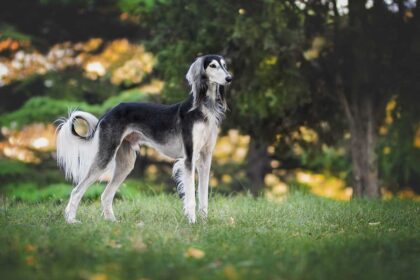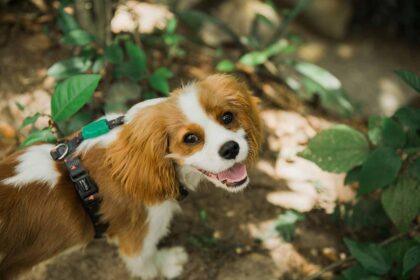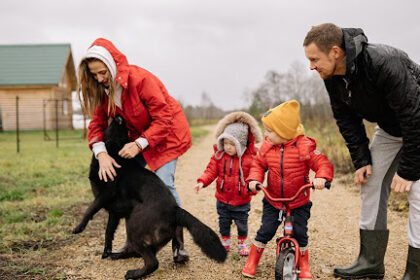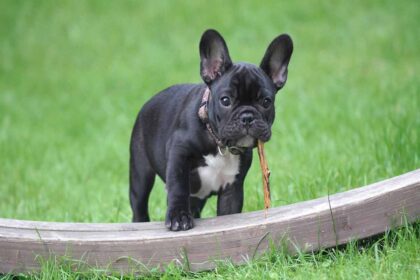So, you’ve decided to welcome a furry friend into your life – congratulations! But amidst the tail wags and puppy kisses, a crucial question arises: Who’s the most trainable pup for you? Fear not, fellow dog-lover, for this guide delves beyond the standard “top 7” lists dog breeds that are easy to train.
We’ll explore breed predispositions, training styles, and hidden factors influencing canine comprehension. Whether you’re a first-time owner or a seasoned trainer, understanding these breeds can make the training process enjoyable and successful.
Understanding Canine Intelligence
Dogs are not all alike in terms of intelligence, which has a big influence on how trainable they are. Canine intelligence includes social skills, obedience, and problem-solving ability.
To guarantee a positive training experience, take into account traits like intelligence, energy level, and temperament while choosing a breed.
The Importance of Temperament
A dog’s temperament is a major factor in how trainable they are. Temperamentally, breeds that are calm, gregarious, and adaptive typically react well to training methods.
Knowing your dog’s temperament will help you adjust training techniques to fit their style and create a happy, healthy learning environment.
Choosing the Right Training Methods
Effective training methods are essential for fostering obedience and good behavior in dogs. Positive reinforcement, consistency, and patience are key components of successful training programs.
By incorporating rewards, praise, and clear communication, owners can encourage desired behaviors and strengthen the dog-owner bond.
Top Dog Breeds Easy to Train
Border Collies
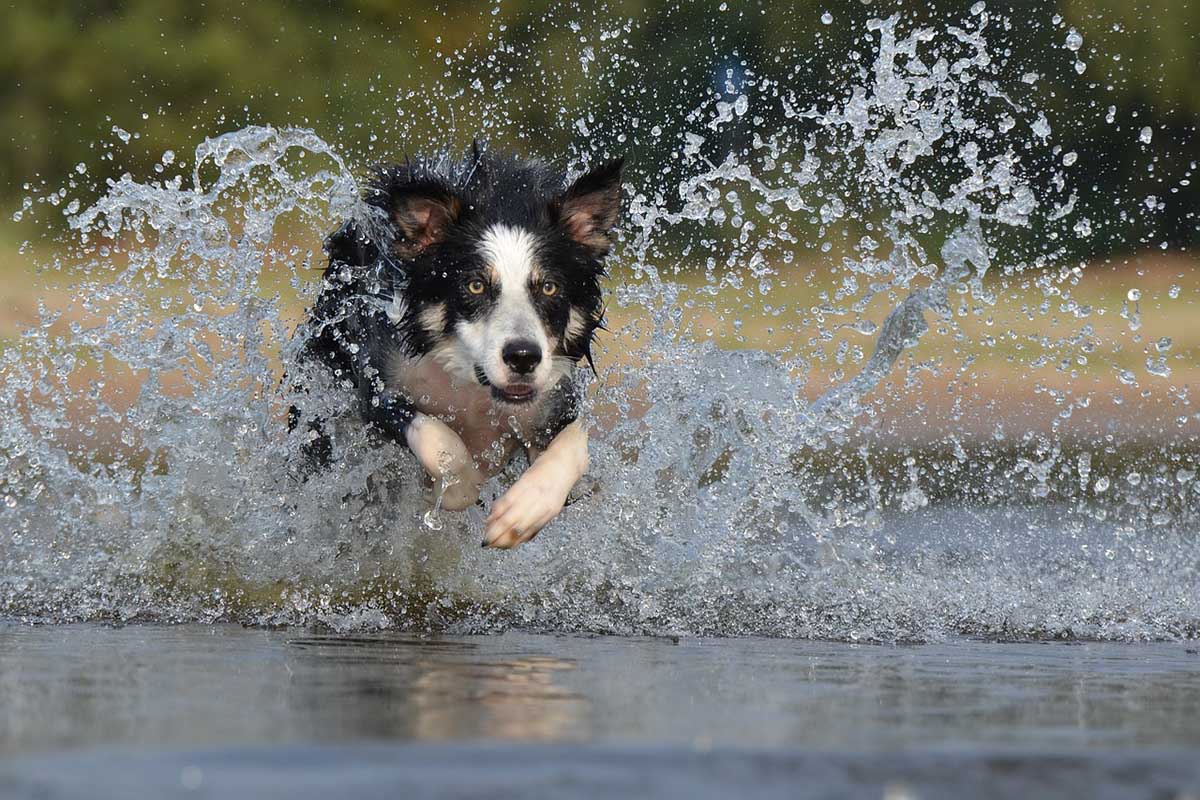
Border Collies reign supreme in the realm of trainable breeds, owing to their exceptional intelligence and ingrained herding instincts. These canine prodigies possess an astonishing ability to grasp hundreds of words and commands, effortlessly executing complex tasks with precision so this dog breeds easy to train. However, their insatiable energy and desire to please necessitate an owner who can match their enthusiasm.
To fully harness their potential, Border Collies require not just physical activity but also mental stimulation, such as puzzle toys and interactive games, to keep their brilliant minds engaged.
German Shepherd
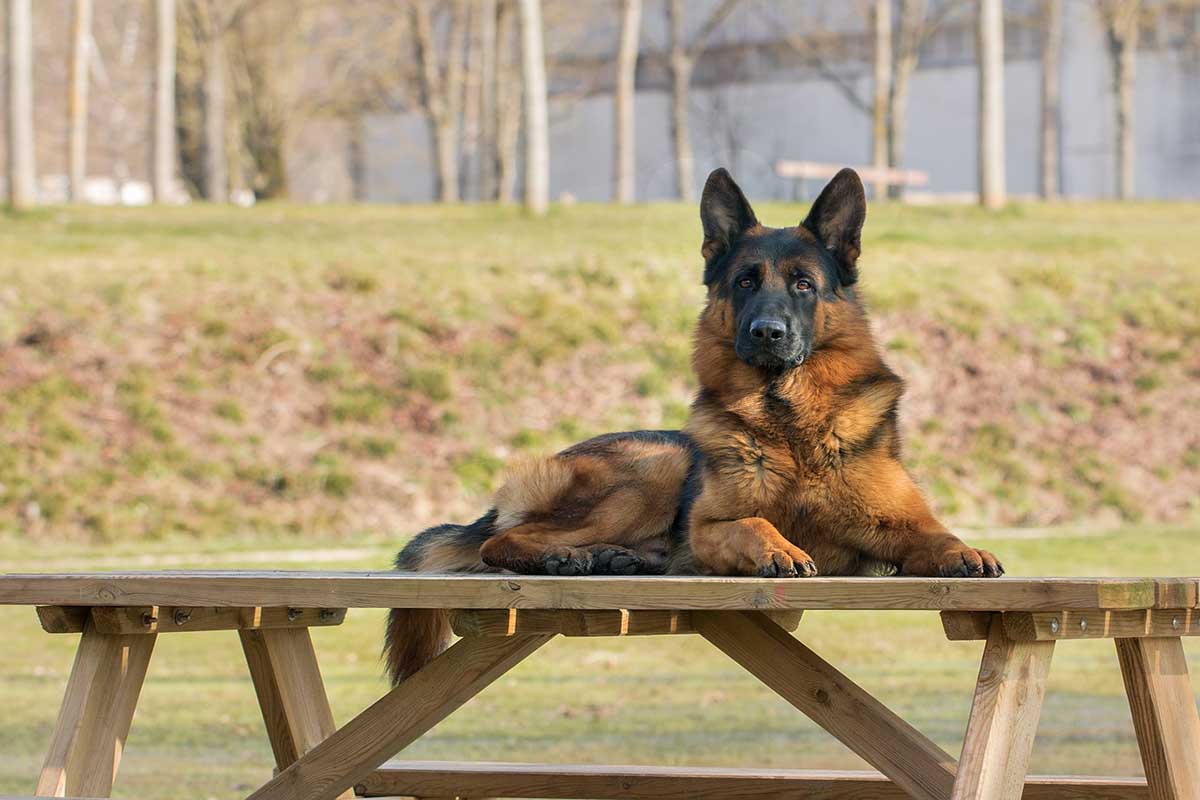
Renowned for their role in police and military operations, German Shepherds exemplify unparalleled trainability. Their intelligence, coupled with an unwavering work ethic and loyalty, make them formidable companions for experienced handlers. To fulfill their needs, owners must provide ample opportunities for both mental and physical stimulation.
Engaging in activities like obedience training, scent work, and agility challenges not only satisfies their intellect but also strengthens the bond between owner and dog.
Labrador Retriever

Labrador Retrievers stand out for their blend of intelligence, affability, and trainability. Their innate eagerness to please and gentle demeanor make them an ideal fit for households of all kinds. Labradors are excellent in obedience, agility, and a variety of canine sports when they receive regular training and use positive reinforcement methods.
Moreover, their versatility extends to roles such as therapy and service dogs, where their empathetic nature shines through.
Golden Retriever

Possessing a winning combination of intelligence, loyalty, and affection, Golden Retrievers epitomize the quintessential family pet. Their adaptability and gentle disposition make them beloved companions and sought-after therapy dogs. Through structured training and socialization, Golden Retrievers thrive in obedience tasks and excel in activities that engage both their minds and bodies.
Their innate desire to please ensures a fulfilling training experience for both dog and owner alike.
Poodle

Poodles are highly intelligent, versatile, and trainable dogs with a playful spirit and elegant demeanor. Available in three sizes—standard, miniature, and toy—Poodles adapt well to various lifestyles and living arrangements.
Their hypoallergenic coat and keen intellect make them popular choices for families and individuals seeking a trainable and hypoallergenic companion.
Shetland Sheepdog

Shetland Sheepdogs, affectionately known as Shelties, are prized for their intelligence, agility, and unwavering loyalty. Despite their small stature, Shelties possess a big heart and an insatiable appetite for learning. With patient guidance and positive reinforcement, Shetland Sheepdogs excel in obedience trials, agility competitions, and canine sports.
Papillon

Papillons are small but mighty dogs renowned for their intelligence, agility, and outgoing personalities. Their distinctive butterfly-shaped ears and lively demeanor make them delightful companions and agile competitors. With consistent training and mental stimulation, Papillons demonstrate remarkable problem-solving skills and excel in obedience training and agility trials.
Remember, Breed Isn’t Everything.
While these breeds are known for their trainability, it’s important to remember that individual temperament plays a significant role. Consider factors like age, prior experiences, and overall health when choosing a dog.
A well-socialized and confident dog, regardless of breed, is more likely to be receptive to training.
Training Tips for Success
- Positive Reinforcement: Reward them with good behavior, treats, praise, or playtime. This motivates your dog to repeat desired actions and builds a positive association with training.
- Consistency is Key: Use the same commands, cues, and training methods consistently. This helps your dog understand what you expect and avoid confusion.
- Short & Sweet Sessions: Keep training sessions short and engaging, typically 5-15 minutes, to avoid overwhelming your dog and maintain their focus.
- Seek Professional Guidance: Consider enrolling in puppy kindergarten or obedience classes with a qualified trainer. They can provide expert guidance, address specific challenges, and help you build a strong foundation for a well-trained and happy dog.
Beyond the Breeds
Remember, training isn’t just about commands and tricks. It’s about building a strong bond of communication and trust with your dog. Understanding their unique needs, providing them with ample mental and physical stimulation, and fostering a positive training environment are all crucial for success.
Conclusion
By choosing a breed known for its trainability, implementing effective training methods, and seeking professional guidance when needed, you can embark on a rewarding journey with your furry companion.
Remember, a well-trained dog is not only a joy to have around but also a testament to the strong bond you share. So, get ready for tail wags, happy barks, and a lifetime of love and learning with your new canine best friend!
FAQs
Which dog breeds is the easy to train?
Labrador Retrievers are often considered the easiest breed to train due to their intelligence, eagerness to please, and gentle nature. Their trainability makes them popular choices for various roles, including service dogs, therapy dogs, and search and rescue dogs.
How long does it take to train a dog?
The duration of training varies depending on the dog’s age, breed, temperament, and previous experiences. While basic obedience training can take a few weeks to several months, ongoing training and reinforcement are essential throughout the dog’s life to maintain desired behaviors.
How can I make training sessions more engaging for my dog?
To make training sessions more engaging, incorporate interactive toys, games, and rewards that motivate your dog to participate. Keep sessions short, varied, and enjoyable to maintain your dog’s interest and enthusiasm for learning.
Are all small breeds difficult to train?
While some small breeds may present training challenges due to their independent nature, many small breeds, such as Shetland Sheepdogs and Papillons, are highly trainable with patience, consistency, and positive reinforcement.



